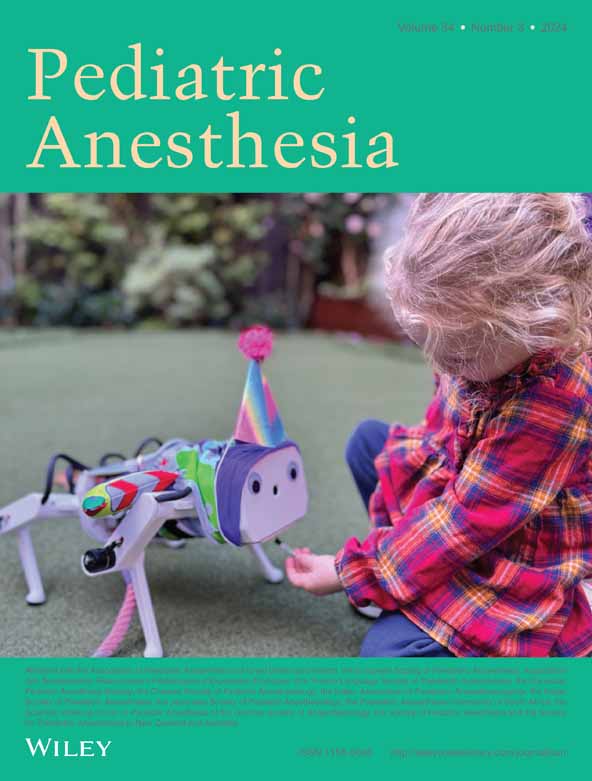Regional anesthesia and sickle cell crisis in pediatric patients: An educational-focused review
Section Editor: Susan M. Goobie
Abstract
Introduction
Sickle cell disease (SCD) is the most common inherited hemoglobinopathy, affecting approximately 100 000 patients in United States and millions worldwide. Although the mainstay of pain management for VOC remains systemic opioids, given the potential for adverse effects including respiratory depression and hypoxemia, there remains interest in the use of regional anesthetic techniques (neuraxial or peripheral nerve blockade).
Methods
A systematic search of pubMed, Scopus, and Google Scholar was conducted using the terms sickle cell disease, sickle cell crisis, pain crisis, vaso-occlusive crisis, regional anesthesia, peripheral nerve blockade, and neuraxial anesthesia.
Results
We identified 7 publications, all of which were retrospective case series or single case reports, outlining the use of neuraxial anesthesia in a total of 26 patients with SCD. Additionally, we identified 4 publications, including one retrospective case series and 3 single case reports, entailing the use of peripheral blockade in patients with VOC and SCD.
Discussion
The available literature, albeit all retrospective or anecdotal, suggests the potential utility of regional anesthesia to treat pain in patients with SCD. Additional benefits have included avoidance of the potential deleterious physiologic effects of systemic opioids and in one case series, an improvement in respiratory function as judged by pulse oximetry. The anecdotal and retrospective nature of the available reports with an absence of prospective trials limits the evidence based medicine available from which to develop to guidlines for the optimal local anesthetic agent to use, its concentration, the rate of infusion, and the choice of adjunctive agents.
Open Research
DATA AVAILABILITY STATEMENT
The data that support the findings of this study are available from the corresponding author upon reasonable request.




